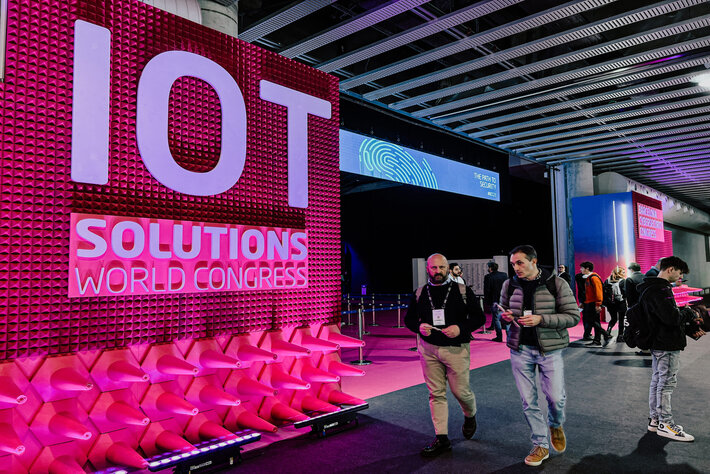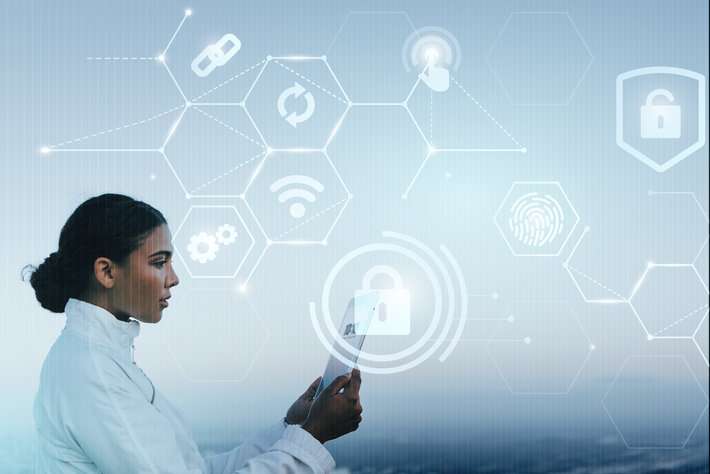IoT Security
Airtel to power more than 20 million Adani smart meters
Airtel Business, the B2B arm of Bharti Airtel, has announced that it will power over 20 million smart meters for Adani Energy Solutions Limited (AESL). Airtel, through its nationwide communications
Read moreInvicti launches AI-powered predictive risk scoring for web applications
Invicti has announced its new AI-enabled Predictive Risk Scoring capability. The feature assigns predicted risk to applications and helps organisations gain a view of their overall application security risk.
Read moreWISeKey launches SeyID Digital Identity platform in Seychelles
WISeKey has announced it has the project to deliver a new Digital Identity platform, “SeyID”, by the government of Seychelles. SeyID will be linked with different national initiatives covering eGovernment,
Read moreSandboxAQ’s AQtive Guard deployed by SoftBank for cryptographic security
SandboxAQ have announced the deployment of its AQtive Guard cryptography management platform by the Advanced Research Group of SoftBank. This followed testing of AQtive Guard’s abilities to discover cryptographic and certificate-based
Read morePalo Alto Networks and Google Cloud enhance their partnership
Palo Alto Networks and Google Cloud have announced the expansion of their partnership. Palo Alto Networks has extended and increased its commitment to Google Cloud with a ten-figure, multi-year commitment and
Read moreShield AI to acquire Sentient Vision Systems
Shield AI has announced an agreement to acquire Sentient Vision Systems (Sentient), pending customary closing conditions and regulatory approval.
Read moreEnhance EV charging performance with cellular connectivity
Electric vehicles (EVs) are steadily growing their market share at the expense of internal combustion engine vehicles. The growth is fuelled by several factors. Perhaps most importantly, prices for EVs
Read moreDriving connected personalised user experiences with Generative AI
As the world continues to rapidly move towards digitalisation, customer expectations are also on the rise. Around the globe, telcos are grappling with meeting these expectations. As well as ensuring
Read moreIOT Solutions World Congress 2024 connects semiconductor chips to industry
Essential to manufacture computers, smartphones, cars, refrigerators or any electronic device, semiconductors are critical elements in the implementation of the Internet of Things. For this reason, IOT Solutions World Congress
Read moreSmarttech247 announces cybersecurity partnership with Google
Smarttech247 has announced its strategic partnership with Google. This partnership aims to extend Smarttech247’s existing suite of solutions by integrating cutting-edge technologies from Google into its flagship platform, VisionX as
Read moreSecurity for the future of AI
Matt Hatton, founding partner at Transforma Insights, interviewed Vincent Korstanje, the chief executive of Kigen, about why security is the most critical consideration at the intersection of generative AI, IoT
Read moreSecurity concerns in IoT: Addressing the challenges head-on
Among the most transformative technologies of the digital age is the Internet of Things (IoT), which is fundamentally changing how we live, work, play and even care for our health.
Read moreRenesas unveils RA2A2 MCUs for energy-efficient IoT applications
Renesas Electronics Corporation introduced the RA2A2 microcontroller (MCU) Group based on the Arm Cortex-M23 processor. The new, low-power devices offer a 24-bit Sigma-Delta analog-to-digital converter (SDADC), and an innovative dual-bank
Read moreWBR Insights Presents the LogiPharma 2024 Playbook
The pharmaceutical industry is in flux. Rising costs, complex supply chains and patient care concerns are just a few of the challenges keeping supply chain leaders up at night. But
Read moreSecEdge and Advantech partner for chip-to-cloud edge AI security
SecEdge and Advantech have announced a partnership to deliver a complete chip-to-cloud security solution for edge AI.
Read moreSurrey leads new £8 million FORT centre for advancing secure networks
The Engineering and Physical Sciences Research Council (EPSRC) announced that Surrey’s 5G/6G Innovation Centre will lead a new £8 million Centre for Doctoral Training in Future Open Secure Networks (FORT).
Read more















